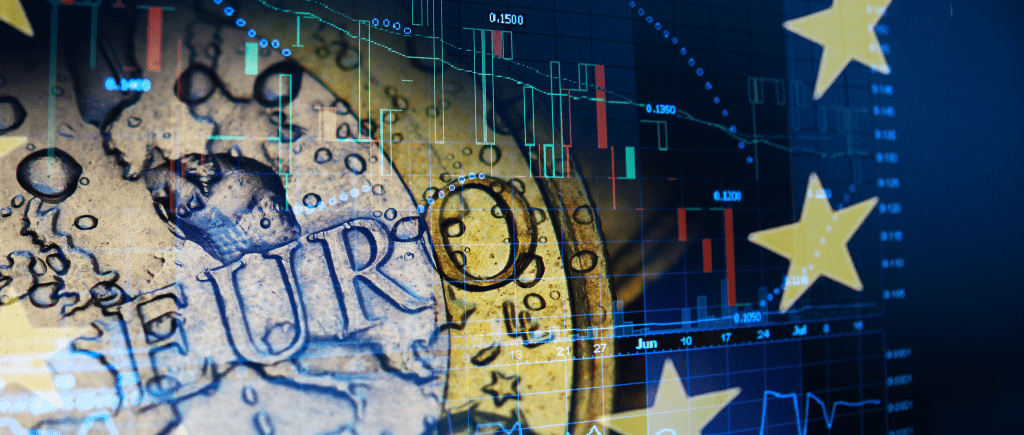For the ECB, the latest Eurozone data provide a discomforting combination of record-high inflation and slow first-quarter growth. The level and widespread nature of the former are forcing the central bank to act, and markets are now pricing in 90 bp of rate hikes this year, although the latter provides dovish governing council members with an argument not to rush things.
Data confirmed yesterday that inflation in the Eurozone advanced to 7.4%, a tick slower than the 7.5% expected by analysts. Yet the German producer prices jumped more than 30% year-on-year in March, the fastest rise in 73 years. And the main responsible for soaring producer prices were the soaring energy costs, which rose 84%, and natural gas prices, which skyrocketed 145% since last year.
The annualized Eurozone Harmonised Index of Consumer Prices (HICP) rose by 7.5% in April, coming in higher than the previous reading of 7.4%, the latest data published by Eurostat showed on Friday. The consensus forecast was for a reading of 7.5%.
The core figures arrived at 3.5% YoY in April compared to 3.2% expectations and 2.9% booked in March.
Although Christine Lagarde promised gradual tightening at the latest ECB meeting, the hawkish comments from the other members hint that the ECB may not wait too long before raising the interest rates to tame inflation. Swap contracts linked to the short-term euro rates price in a 75bp hike by December, hinting that the ECB would end the bond purchases by July, and hike the rates the same month for the first time, then keep hiking at each meeting until December – unless the economy suffers a severe shock.
The high and broad inflation pressure is putting immense pressure on those central banks that so far have been arguing that rates could stay low for longer. Yesterday, the Riksbank made a 180-degree turn-around hiking the policy rate by 25bp after arguing as late as February that rates will not rise before late 2024. The Riksbank’s new rate path now implies a 25bp rate hike at each of the three remaining policy meetings this year and a peak in rates at 1.8% end 2024.
In The base scenario, expect the ECB to tread very carefully in these times of high uncertainty and emphasize an explicit distinction between policy normalization and monetary policy tightening. Normalization would include ending net asset purchases and bringing the deposit rate back to zero. Tightening would be the start of a longer rate hike cycle, getting rates close to, or even above, neutral levels (wherever these levels might be).
 Noor Trends News, Technical Analysis, Educational Tools and Recommendations
Noor Trends News, Technical Analysis, Educational Tools and Recommendations





